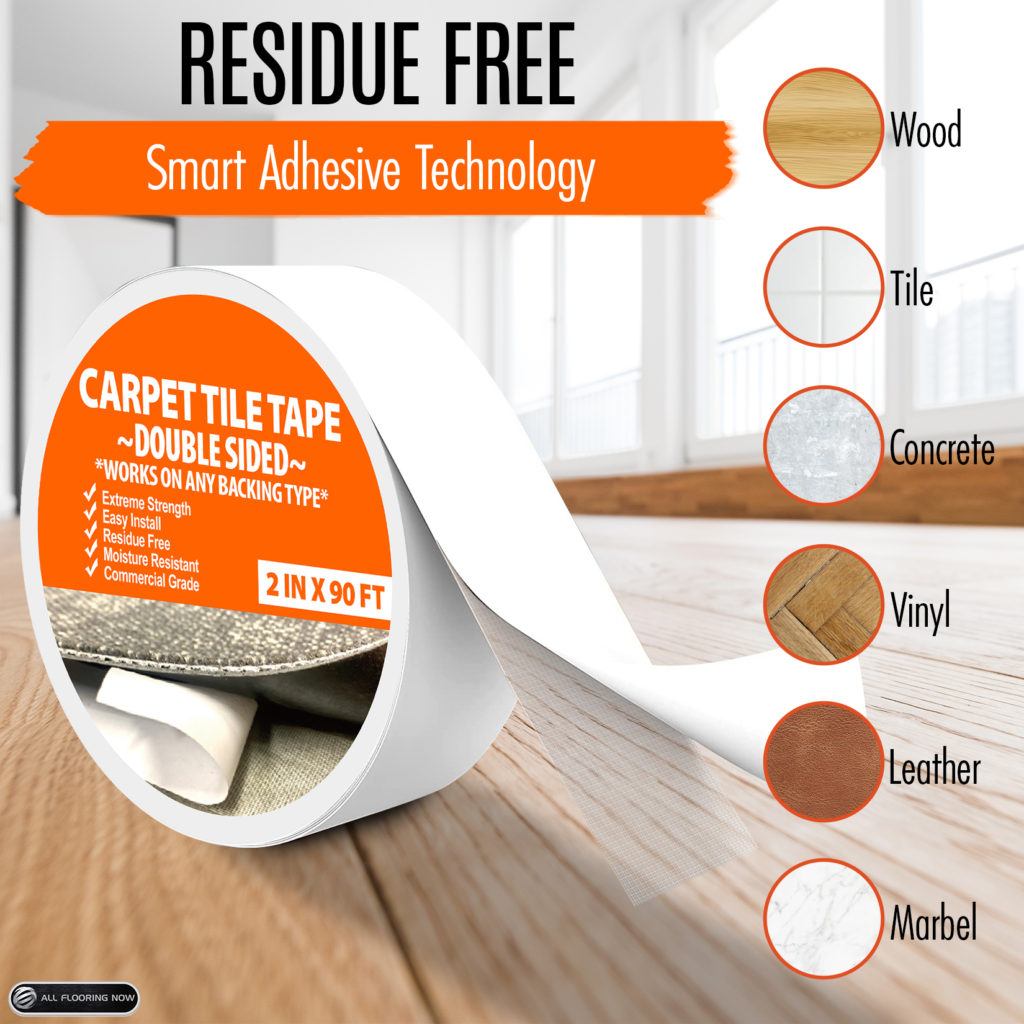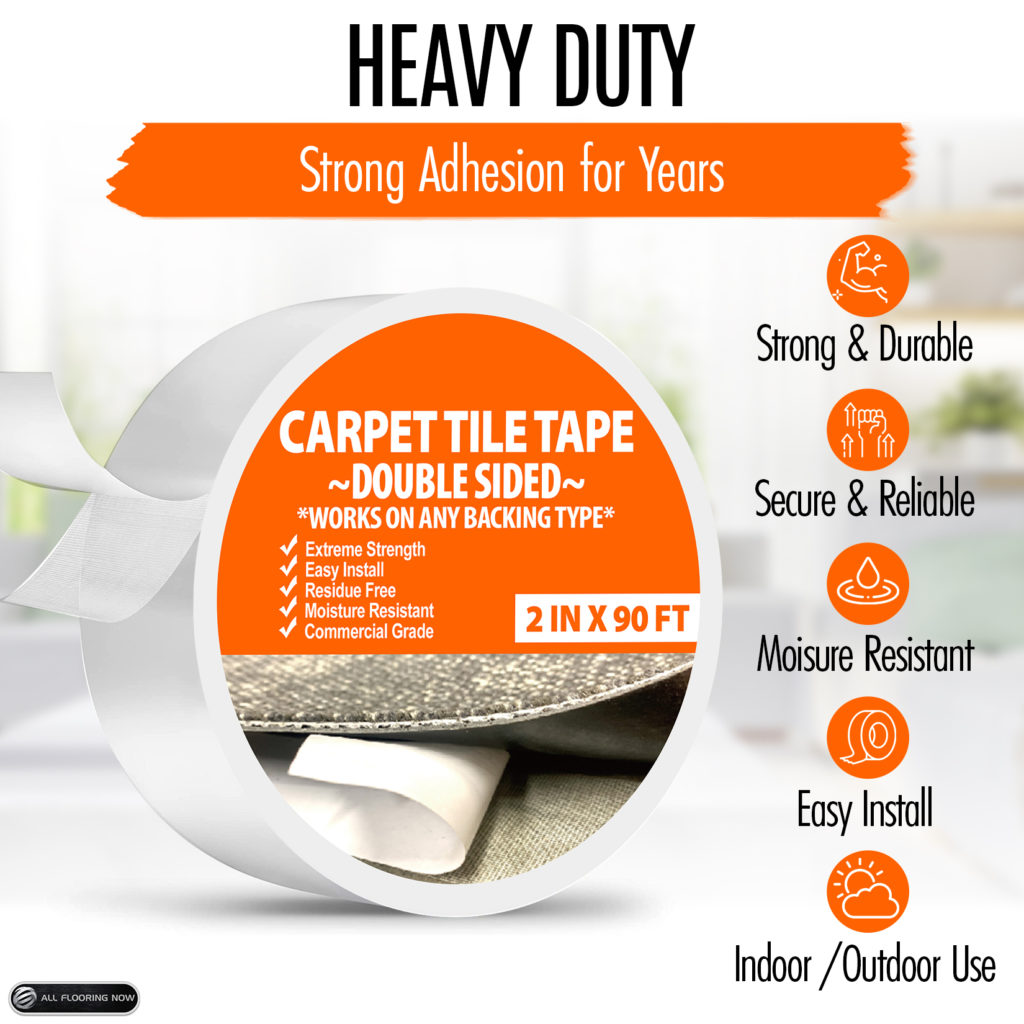
Is Carpet Tape Safe? A Comprehensive Guide
Carpet tape is a practical solution for securing carpets and rugs, preventing them from slipping or shifting. However, when it comes to safety, it is essential to understand the proper usage and potential risks associated with carpet tape. In this article, we will explore the safety aspects of carpet tape, including its benefits, considerations, and best practices.
Benefits of Carpet Tape: Carpet tape offers several advantages that make it a popular choice for securing carpets and rugs. Some key benefits include:
-
Preventing Accidents: One of the primary purposes of carpet tape is to provide a stable and secure surface, reducing the risk of slips, trips, and falls. By firmly adhering carpets to the floor, it creates a safer environment, especially in high-traffic areas.
-
Improved Aesthetics: Carpet tape helps maintain the appearance of a room by keeping carpets and rugs in place. It prevents unsightly wrinkles or unevenness, enhancing the overall visual appeal of the space.
- Ease of Use: Carpet tape is generally easy to apply and requires minimal tools or expertise. It provides a quick and efficient solution for securing carpets without the need for additional hardware or adhesives.
Safety Considerations: While carpet tape can be safe when used correctly, it is important to consider certain factors to ensure its proper and safe application:
-
Floor Type Compatibility: Different types of flooring may react differently to carpet tape. Hardwood, tile, or laminate floors typically tolerate carpet tape well. However, it is crucial to choose tape specifically designed for the type of flooring you have to prevent any damage or residue upon removal.
-
Adhesive Strength: Consider the strength of the adhesive when selecting carpet tape. Opt for a tape with a suitable adhesive strength that provides secure adhesion without leaving behind residue or causing damage to the floor during removal.
-
Installation Guidelines: Follow the manufacturer's instructions carefully when applying carpet tape. Clean the floor surface thoroughly before applying the tape to ensure optimal adhesion. Proper installation is essential to avoid tripping hazards or potential damage.
- Regular Maintenance: Over time, the adhesive on carpet tape may deteriorate or accumulate dust and dirt, compromising its effectiveness. Regularly inspect the tape and replace it if signs of wear or reduced adhesion are observed.
Safe Usage Practices: To ensure the safe use of carpet tape, consider the following practices:
-
Test Before Application: Before applying carpet tape extensively, test it on a small, inconspicuous area of the flooring. This will help you evaluate its adhesion and determine whether it can be safely removed without causing damage.
-
Avoid Excessive Tape: Use the appropriate amount of carpet tape required for the job. Excessive tape can create unevenness or bumps, potentially causing tripping hazards.
- Proper Removal Technique: When removing carpet tape, follow the instructions provided by the manufacturer. Some tapes can be easily removed without leaving residue or damaging the floor, while others may require additional steps or the use of a residue remover. A common removal technique is using a hairdryer over the tape to loosen the tape grip and make removal easier.
Conclusion: Carpet tape can be a safe and effective solution for securing carpets and rugs when used correctly and with consideration of the factors mentioned above. By choosing the appropriate tape, following installation guidelines, and performing regular maintenance, you can enjoy the benefits of a securely fastened carpet while maintaining a safe environment in your home or office. Always prioritize safety and take necessary precautions to ensure a satisfactory and hazard-free experience with carpet tape.




